I wonder if we have learnt anything from this event that caused and continues to cause so much death, disease, pain and hardship... Officially it is said that about 4,000 deaths could be attributed to the accident, however, some estimates now predict the number of fatal cancer cases will be over 90,000. But even 90,000, may be on the low side. Have a look at this Chernobyl Health Report from GreenPeace if you would like to learn more...
Here in Japan, a country prone to earthquakes, we have 55 nuclear power stations operating in the area the size of California. With a population of nearly 130,000,000, if only one of them were to meltdown, the direct human damage would be unthinkable.
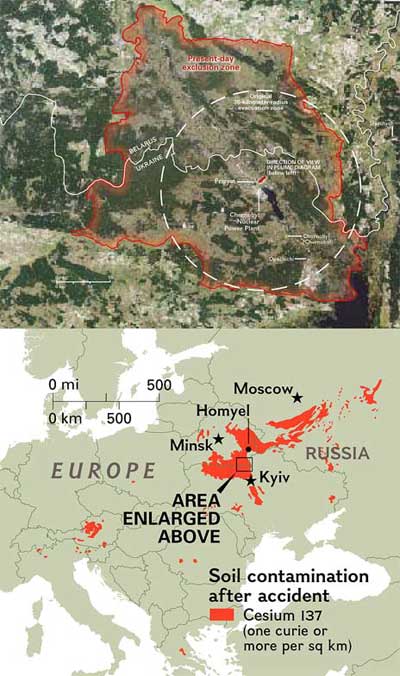
Again, I ask, have we learnt anything from Chernobyl? As we continue to court such obvious danger I think that maybe we have not! Perhaps it is because we have not been shown in detail the continuing horror that continues in and around Chernobyl.
Recently CNIC (Citizens Nuclear Information Center) translated to Japanese a 25 minute movie titled ‘The Sacrifice.’ It shows scenes of the cleanup directly after the explosions as well as personal stories of the brave men that sacrificed their lives for the safety of their country and actually the world. I hope you will make the effort to see it. The movie can be bought from CNIC. Contact them at the bottom of this page. CNIC publishes newsletters in English(bimonthly) and Japanese(monthly). If you would like to support their hard work to educate the public about the dangers of nuclear power I hope you will subscribe to one or both of them.
Also, if you would like to help support the work of the many volunteers trying to get the five Hamoaka reactors shut down, please check out the Stop Hamaoka homepage. There is no English page available but even so, you can send them a donation to help them with their important work. They put out a newsletter in Japanese that you can show to your Japanese friends... To send them a donation use a Post Office Furikae form. The account name is: Hamaokagenpatu Soshoudan. The account number is: 00870-5-95420. If need be you can contact them via email, though they may take a while to reply as they do not usually use English.
If you read Japanese you should buy a copy of Housyano de Syutoken Shometsu (放射能で首都圏消滅 Radiation - Extinction of Tokyo Metropolitan). It went on sale on April 26, the 20th anniversary of the Chernobyl accident. Even if you can’t read it you should buy a copy and give it to your Japanese friends so they can understand the gravity of the situation we are in. Everyone living in Japan will be affected by the expected earthquake and any resulting nuclear disaster.
[Update] I would also suggest you take a look at this PDF report titled On The Way Out, by Mycle Schneider and Antony Froggatt. It appeared in Nuclear Engineering International last year, though that version was not complete with graphs.
Here is a quote from the last paragraph: “The nuclear share of energy use for electricity production is expected to decline in most regions of the world as a result of public opposition, waste disposal issues, concerns about nuclear arms proliferation, and the economics of nuclear power. The nuclear share of electricity generation worldwide is projected to drop to 12% in 2025 from 19% in 2001.”
I will repeat what I said to one of the comments attached to this blog, I wonder if any of the people and government officials controlling the nuclear industry here in Japan are aware of the trends mentioned in the report. The sooner they wake up to what is going on in the rest of the world, the better!
I hope you will take a look at some of the many web sites that discuss the Chernobyl disaster on the net. Here are a few that I found interesting:
Nuclear Nightmares: 20 Years Since Chernobyl - A photo documentary.
Murderous Atoms - An archive from the May 5, 1986 issue of DER SPIEGEL, just days after the world became aware of the Chernobyl nuclear disaster.
Chernobyl Revisited - In 2004, a local woman named Elena rode her motorcycle through the Chernobyl area, and took photographs... Check out what she sees and has to say.

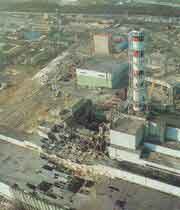

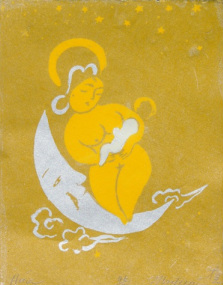
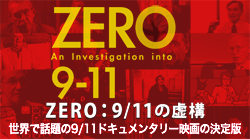

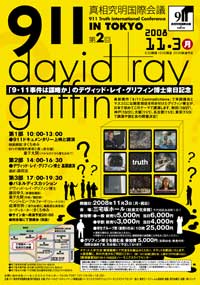

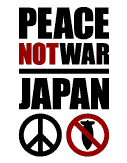



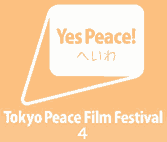



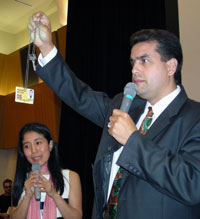
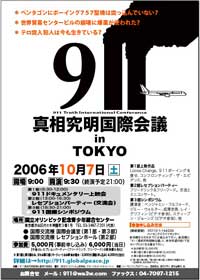




2 comments:
If what you say is true, what is the share of power supplied by the nuclear reactors as a proportion of total power supplied by other sources? Are the other sources more environmentally friendly such that shifting the energy policy to them is a better option? I personally don't support nuclear energy but the book "Power to the People" by Vijay Vaitheeswaran has made me think further about what does it mean by ignoring any other sources of energy. Please understand that i'm not saying the death toll, the hardship and the pain are to be ignored and I won’t even say I will ever understand the experiences these people are going through. Maybe your efforts may be more fruitful if you focus on directing government’s resources towards researching renewable or clean energy sources. Just my humble opinion.
Cissyn, thank you for your comment.
Nuke power supplies about 30% of the total electricity in Japan. The percentage of energy that is supplied by nukes increases as the demand for power goes down. Do you get what is going on?
As nuclear power plants cannot be started and stopped quickly, they have to use fossil fuel and hydro power to adjust for variations in the power load. Nukes are used as base energy source. Because of this, building more of them or increasing the percentage of their energy contribution to the power grid is unnecessary and wasteful.
The truth is that all of Japan’s electricty could be supplied without use of nuke power in Japan. I believe that this statement is true as I have verified the data from the Government‘s Resource and Energy Agency's data for Japan - 資源エネルギー庁のデータ. We are told we have to have nuke power to supply us with enough electricity. This is a big lie. Unfortunately almost everyone believes what they are told!
We do not have to use nuke power just to boil water, you know... It is like using chain saw to cut butter. With nukes, 70% of heat used to boil the water to turn the turbines is wasted, so it is a very wasteful method to create electricity. If you factor in the short and extremely long term dangers with nukes, it really becomes quite unattractive. There are many other ways, including geo-thermal power which has yet to be developed and used here on a large scale. Of course, developing conservation and energy saving techniques should be the first thing we tackle.
In this area I heard that vending machines in Japan utilize the output of between one to three nukes. Can you imagine that? Here are the calculations: The total number of vending machines is 5.6 million. About half of them are for soft drinks, which consume the most electric energy. The average consumption of a soft drink vending machine is about 620W. Thus, the electricity for all vending machines corresponds to 1.5 nuclear power plants. Perhaps vending machines are a convenience we can afford to do without.
Here is an interesting article that appeared last year in Nuclear Engineering International. I wonder how many of the people controlling the nuke industry here in Japan read the last paragraph...
http://www.neimagazine.com/storyprint.asp?sc=2030047
Post a Comment